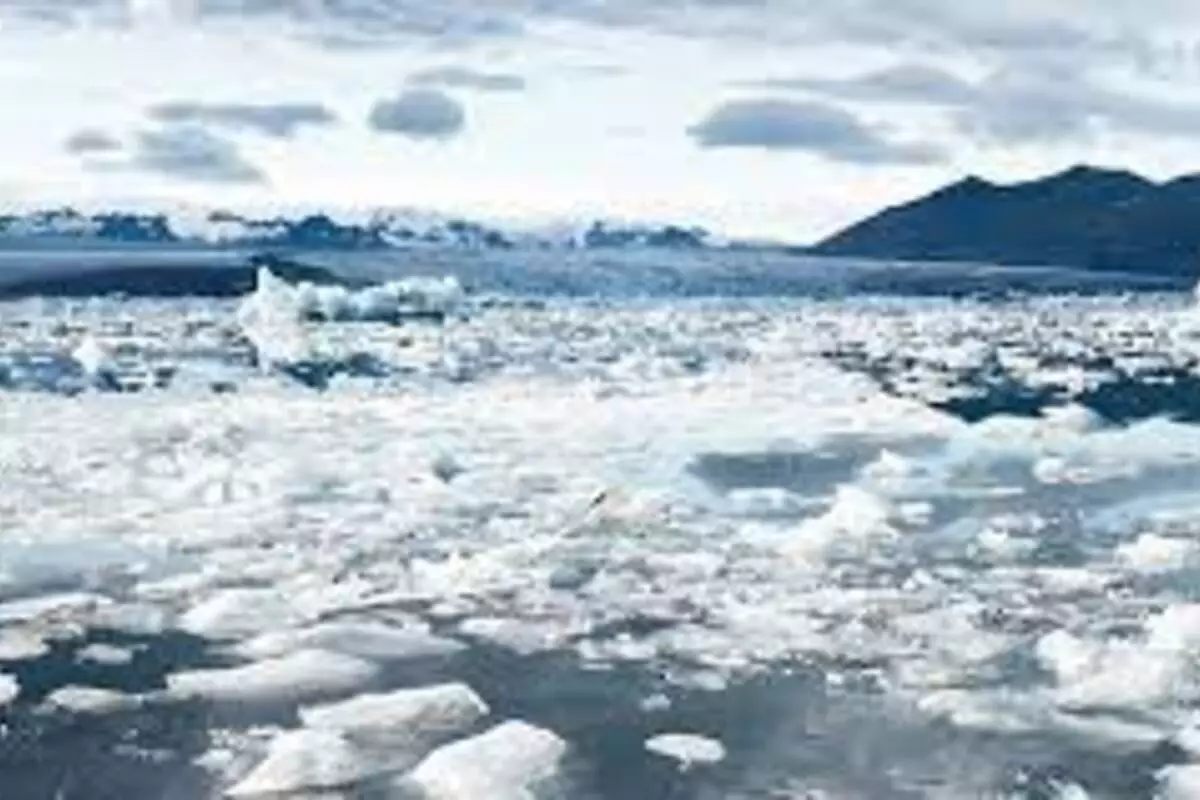
Scientists believe that the simultaneous events of an extraordinarily warm and moist period heralded in by a ‘warm ice age’ around 7,00,000 years ago, as well as the expansion of polar glaciers, had a significant role in permanently altering the Earth’s climate cycles.
A European research team led by Earth scientists from Heidelberg University, Germany, used newly acquired geological data in conjunction with computer simulations to uncover this seemingly paradoxical connection. Their findings were reported in the journal Nature Communications.
Scientists said only in the past 7,00,000 years have phases transitioned between distinct glacial and warm eras about every 1,00,000 years. They claimed that the Earth’s climate was previously dominated by 40,000-year cycles with shorter and weaker glacial periods.
Glacial periods, often known as geological ice ages, are distinguished by the formation of massive ice sheets in the Northern Hemisphere.
Climate cycles changed during the Middle Pleistocene Transition era, which began roughly 1.2 million years ago and concluded approximately 670,000 years ago.
A Heidelberg University Associate Professor Andre Bahr said, “The mechanisms responsible for this critical change in the global climate rhythm remain largely unknown. They cannot be attributed to variations in the orbital parameters governing the Earth’s climate”.
He further said, “But the recently identified ‘warm ice age’, which caused the accumulation of excess continental ice, did play a critical role”.
The researchers employed new climate records from a drill core off the coast of Portugal and loess records from the Chinese Plateau for their analyses, which were then input into computer simulations.
For the past 800,000 to 670,000 years, models revealed long-term warming and wetness tendency in both subtropical regions.
Concurrent with this last ice age in the Middle Pleistocene Transition period, sea surface temperatures in the North Atlantic and tropical North Pacific were warmer than in the preceding interglacial, transition period between the two ice ages, or glacial periods.
This resulted in increased moisture production and rainfall in Southwest Europe, the growth of Mediterranean forests, and expanded East Asia summer monsoon.
The moisture also made its way to the poles, where it helped to expand the Northern Eurasian ice sheets.
Professor Bahr said, “They persisted for some time and heralded in the phase of sustained and far-reaching ice-age glaciation that lasted until the late Pleistocene”.
“Such expansion of the continental glaciers was necessary to trigger the shift from the 40,000-year cycles to the 100,000-year cycles we experience today, which was critical for the Earth’s later climate evolution”, Professor added.
Also read: First Full-Sized 3D Scan Of Titanic Shipwreck Captured

















